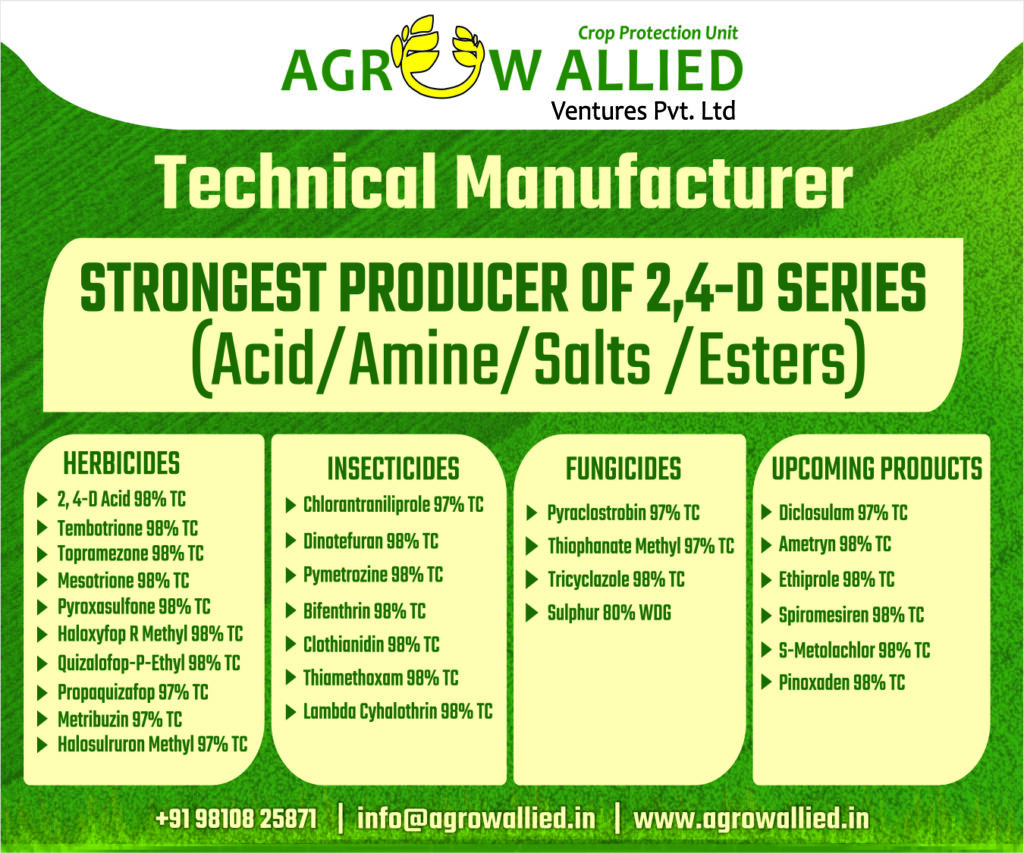By Arthur Erickson

Deployment of UAS (Unmanned Aerial Systems) in the United States has evolved rapidly over the last several decades. Over the past five years, these heavy-lift application UAS have become much more commercially viable by increasing their payload capacity, upgrading their autonomous capabilities, and having more robust and scalable hardware.
With the commercialization of these types of UAS, the loop is closed, so to speak, and farmers can now go from scouting, to application, to post-application data gathering to determine the efficacy of treatments, informing the following actions.
In 2024, major advancements in agricultural UAS technology have set the stage for massive market adoption. Below are a few examples to highlight the latest advancements in the industry:
1.FAA Permission to Swarm Heavy-Lift Agricultural Drones
As of February 2024, Texas-based manufacturer of agricultural UAS, Hylio, became the first company in the U.S. to obtain permission from the FAA to swarm UAS exceeding 55lbs for agricultural applications. Meaning, a single operator can now legally command up to three UAS by themself, without the need for a VO (visual observer) or any other additional support staff. This ruling is precedent setting, meaning that other companies and operators in the space can cite Hylio’s exemption and also attain the same swarm permissions.
This ushers in a dramatic shift in the overall productivity of UAS for large-scale agricultural applications, while also significantly transforming the unit economics for the better. Whereas previously an operator with one UAS could perhaps treat about 50 acres per hour, an operator deploying three UAS can now treat close to 150 acres/hour.
Furthermore, FAA regulations used to require two people (a pilot and a visual observer) for each UAS above 55 lbs; meaning that an operation with three UAS would legally require six people. With Hylio being granted this precedent-setting exemption, the personnel required for a three UAS operation drops from six down to one, a drastic decrease in labor cost and inefficiency.
2 Night Flying
Along with the swarm exemption mentioned in point (1) above, Hylio also became the first company to receive FAA permission to operate agricultural UAS at night. This is also precedent setting and citable by other operators and companies in the U.S.
Not only does this increase the productive capability of UAS by allowing them to take advantage of 10+ additional hours per day, but many crop treatments are more effective when applied at night due to better conditions. Avoiding the direct sunlight and heat of the daytime helps mitigate evaporation and inversion of crop inputs, and ambient wind speed is typically lower, reducing the potential for dangerous pesticide drift.
3. Development of Alternative Power and Propulsion:
In 2024, the industry saw a surge of development in fuel sources alternative to lithium-based batteries for agricultural UAS. There are many different approaches being explored by various companies in the space, ranging from hybrid ICE + battery systems, hydrogen, and even hydraulic drive trains. These myriad options provide different advantages and disadvantages, but a common through-line is more payload capability and greater endurance over traditional lithium battery-based systems.
4. Legislation to Support U.S.-Based Manufacturers
While some elements of Rep. Elise Stefanik’s Countering CCP Drones Act, such as its intention to effectively ban on any DJI models in the U.S. in the future by revoking their ability to obtain FCC licenses, the legislation has also been introduced alongside provision to fund and support U.S.-based
UAS manufactures with grants and other subsidies.
Regardless of whether or not the portions of the legislation that target Chinese-based manufacturers are implemented, the efforts to support U.S.-based manufacturers receive wide support and indicate that operators in the industry may begin to have more American, and other non-Chinese based options to choose from in the near future.
5. Advancements in Artificial Intelligence
Artificial intelligence has been a popular topic in 2024 with the rise of powerful LLMs such as ChatGpt and Grok. On the agricultural side, these advancements in AI are allowing for increasingly sophisticated and streamlined identification of weeds, pests, and other targets to monitor in the crop cycle.
Big names in the industry, such as John Deere with their See and Spray technology, are implementing technology which can significantly reduce the amount of input needed by up to 80%. Similar technology is being implemented across the UAS sector, allowing scout and application UAS to create high-resolution prescription maps which allow for targeted treatment operations.
The pace of innovation in the agricultural UAS sector is increasing exponentially as existing companies are continuing to improve their offerings and new entrants are offering alternative approaches.
In just the past 20 years agricultural UAS have gone from <10 lb. flying cameras for rudimentary crop scouting to highly sophisticated, 500+ lb. machines capable of treating hundreds, or even thousands of acres per day. As the industry continues to grow, we expect to see even larger aircraft, with even higher levels of automation, taking human operators out of the equation for routine tasks such as refilling and refueling. •
Arthur Erickson is the CEO and one of the co-founders of Hylio, Inc., a Texas-based company that designs, manufactures, and offers autonomous UAS for managing crops.
Photo Credits: Arthur Erickson, Hylio


